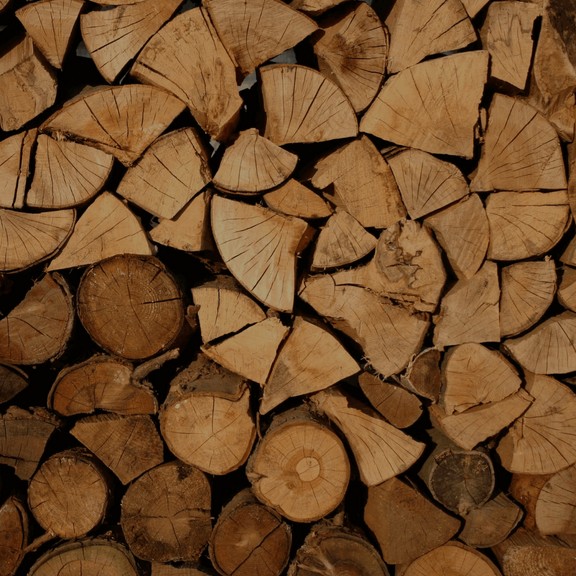Burning the right wood in your Wood Stove
Posted by Rocky Mountain Stove & Fireplace on Jul 1st 2019
Wood has been the natural choice of fuel for domestic fires since it was first used many millennia ago. Whether you burn wood in a stove, fireplace or fireplace insert, good quality firewood is the key to a successful burning season.
Hardwood or softwood?
Do you know the difference between hardwood and softwood? Hardwoods are any broad-leafed, deciduous trees, such as Beech, Elm, or Oak, while softwoods are conifers including Pine and Spruce.
All wood, regardless of the species, has similar energy content per pound 7800-8400 BTU per LB. The different species vary only in density. The more dense a species of wood is, the greater the heat value or BTUs created per cord. Hard wood (oak, maple) will burn longer and produce more heat than softer woods (pine, birch)
Dry wood is always the best wood
No matter
what type of wood you choose for your stove, it is important that the
wood is dried before you burn.If you burn wood that is not dried
properly, much of the energy is wasted in removing the water from the
log and producing steam.
Fresh wood contains a high amount of
water, between 65-90%, depending on the species. Wood should be cut,
split and allowed to dry under cover for six months to two years
depending on the species, before burning.
Good season dry wood should have a moisture content of less than 20%,
With a bit of practice you can learn to recognize seasoned wood when you see it. One telltale sign is that the bark has loosened its hold, or has already been knocked off with handling. Also, the log ends have darkened, dried out and started to “check” (crack), not to be confused with the deeper split marks from an axe.
A well seasoned firelog will be lighter in weight than a partially-seasoned or “green” piece of the same size and species. When it really is well seasoned, expect to pay more. Cutting trees down, transporting handing and working up wood is a risky, labor-intensive pursuit; any do-it-yourself wood bumer will testify to that.
Firewood can be stacked in the open to season. It will take at least six months. A year is better, although some species require far less time than others. Criss-cross ends of stack to help the air get to it. Splitting the logs will improve the time line on seasoning. Rain won’t hurt green wood, in fact getting wet, dry, wet, dry speeds the curing process. And rained on seasoned wood will dry out again fir for burning within a few days.
WOOD HEAT VALUE Per Cord
Common Name Lb/ cord MBTU/ cord
Osage Orange 4,728 32.9
Hickory 4,327 27.7
Beech (Ironwood) 3,890 26.8
Birch, Black 3,890 26.8
Locust, Black 3,890 26.8
Locust, Honey 3,832 26.7
Apple 4,100 26.5
Oak, White 4,012 25.7
Hackberry 3,247 20.8
Walnut, Black 3,192 20.2
Elm, American 3,052 19.5
Elm, White 3,052 19.5
Fir, Douglas 2,900 18.1
Pine, Norway 2,669 17.1
Pine, Ponderosa 2,380 15.2
Aspen 2,290 14.7
Pine, White 2,236 14.3
Cottonwood 2,108 13.5
Cedar, White 1,913 12.2

